Far north of the Alps there is anancient Roman city famous for its thermal bath s over which the same city that developed later was forever identified by its name. We are in Bath (which in English really means “bath”), England, and the Roman Baths set in its heart, famous throughout the empire, have made it a UNESCO-protected cultural site since 1987.
In rainy England, in this place, the Romans two thousand years ago found the only spontaneous spring on the island, which gushed out hot around 35 degrees centigrade into the baths’ pools, truly ideal for building such a facility for those coming from hot, Mediterranean lands. The pools where the Romans bathed to treat rheumatism are now a museum, the Roman Baths Museum, but the spring was used to build a modern facility for the same purpose. Art, history and modernity coming together in the center of a town that is also distinctive for its Palladian style of buildings dating from the 18th century, inspired by the Italian Renaissance.
An example of hydraulic and architectural engineering together as the Romans are wont to amaze us millennia later, the Baths of Bath are well preserved (built in the time of Vespasian, 75 A.D., they were used until the end of Roman rule in Britain around early 400 A.D.) and allow visitors to learn about the classic route taken by those who entered them at the time, passing through the various baths at different temperatures, from the frigidarium to the caldarium. The goddess Minerva was also worshiped here, and the Celtic Aquae Sulis (goddess of water).
Today, more than 1.3 million people arrive each year to visit this town and the museum, which has a remarkable collection of artifacts, among the largest outside Italy: the gilded bronze head (with six layers of gilding) of the Sulis goddess Minerva, discovered in 1727, stands out. A statue that was to be placed inside the temple dedicated to her, next to the Sacred Fountain. The Great Pool was fed with hot water directly from the Sacred Fountain and provided the opportunity for a relaxing warm swim. The pool lined with 45 thick lead slabs is 1.6 meters deep: it was originally covered with a pitched wooden construction, which was replaced in the 2nd century with a much heavier ceramic vault that required reinforced pillars to support it. The result was that the original thin pillars were thickened and projected into the pool itself.
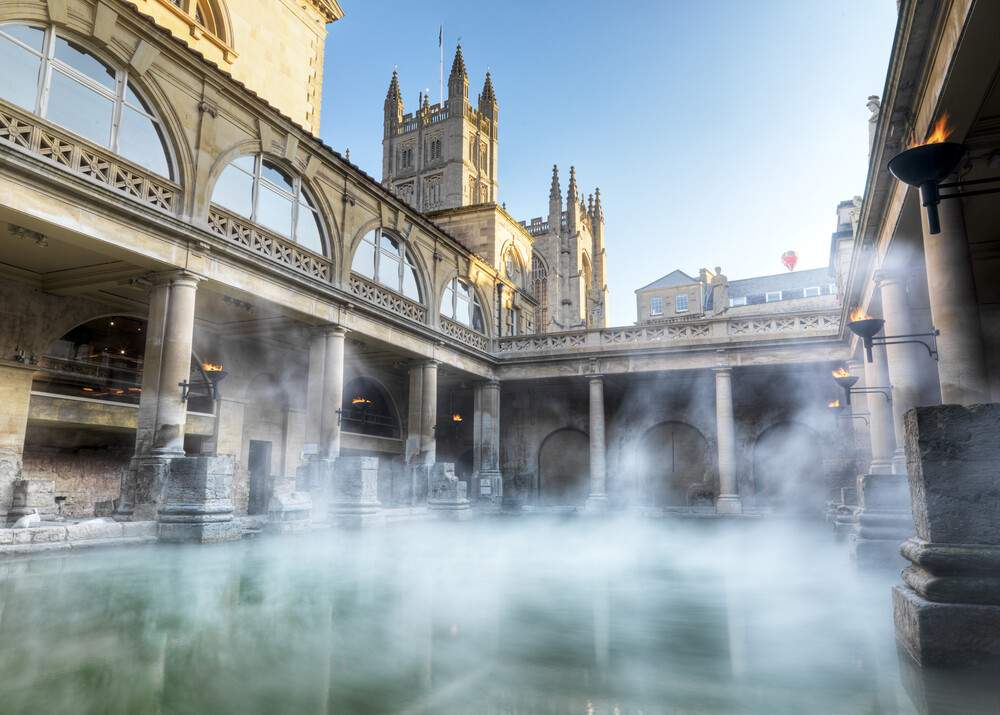
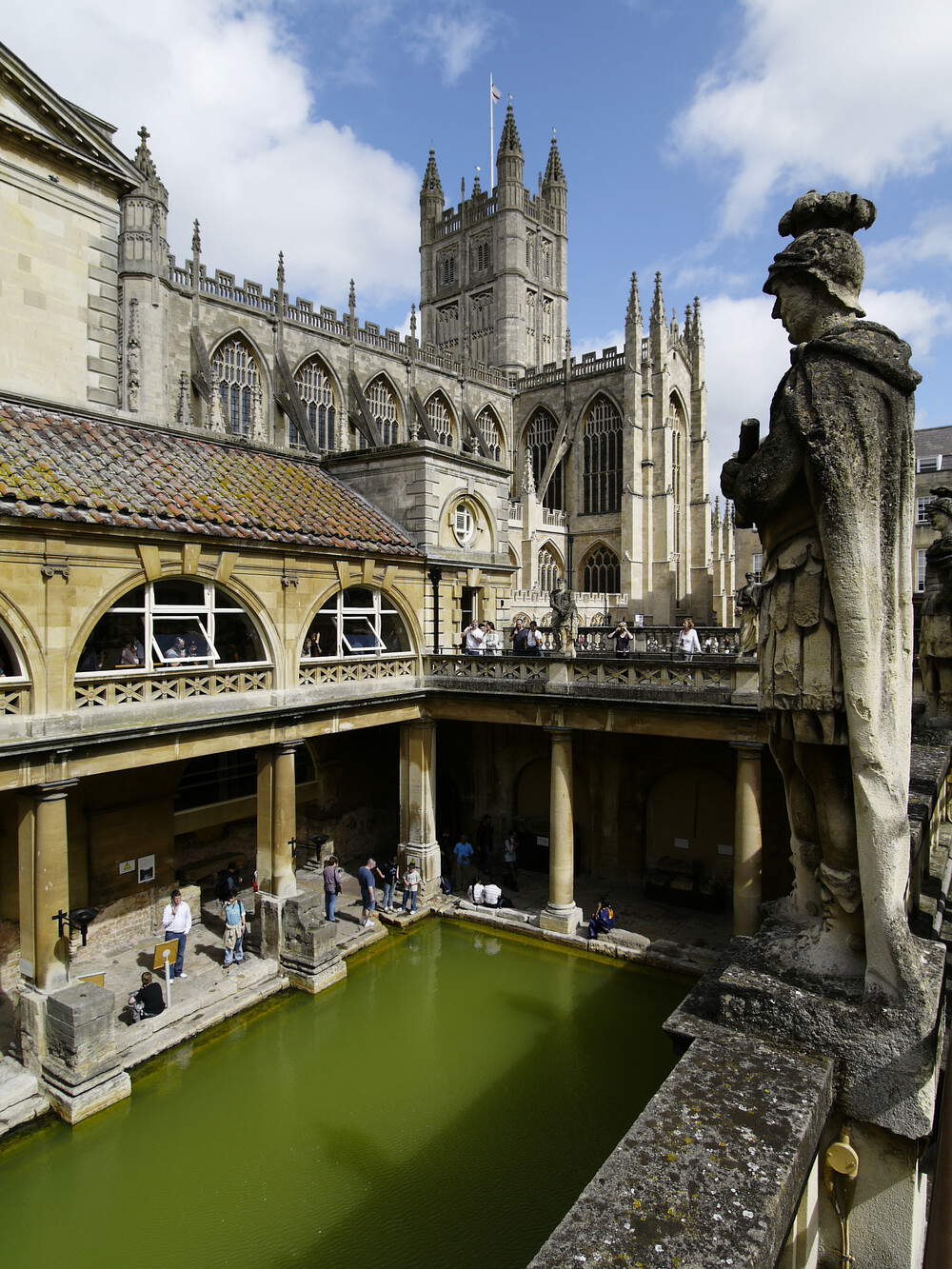

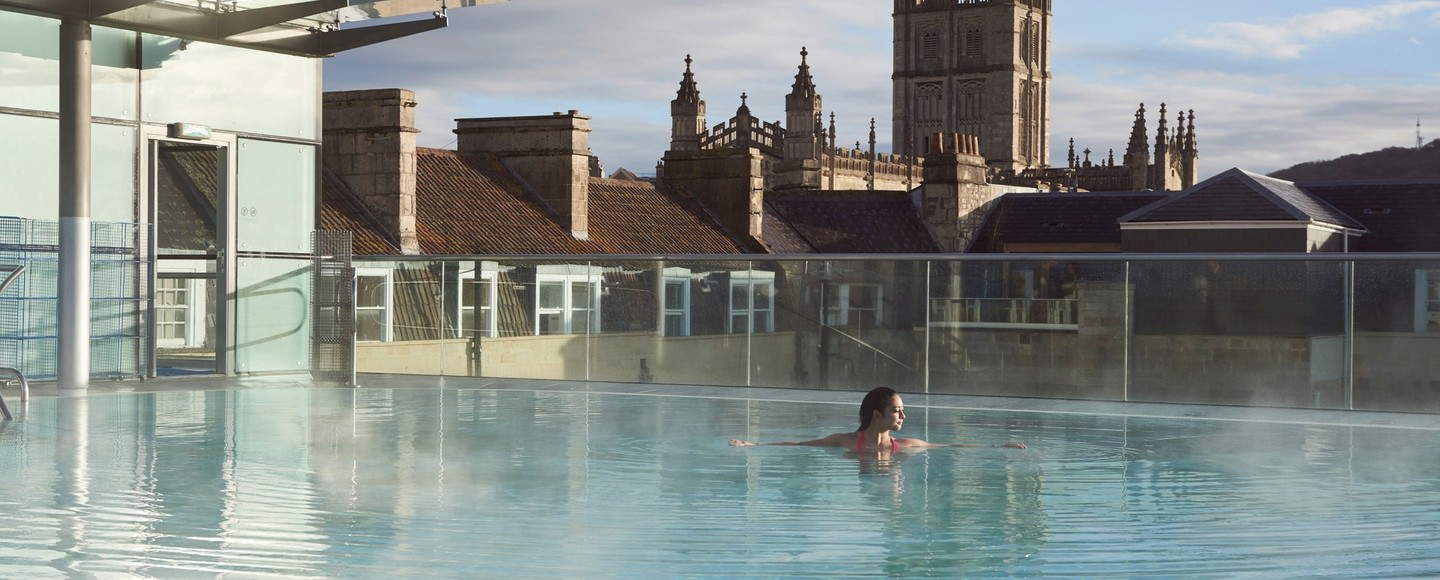

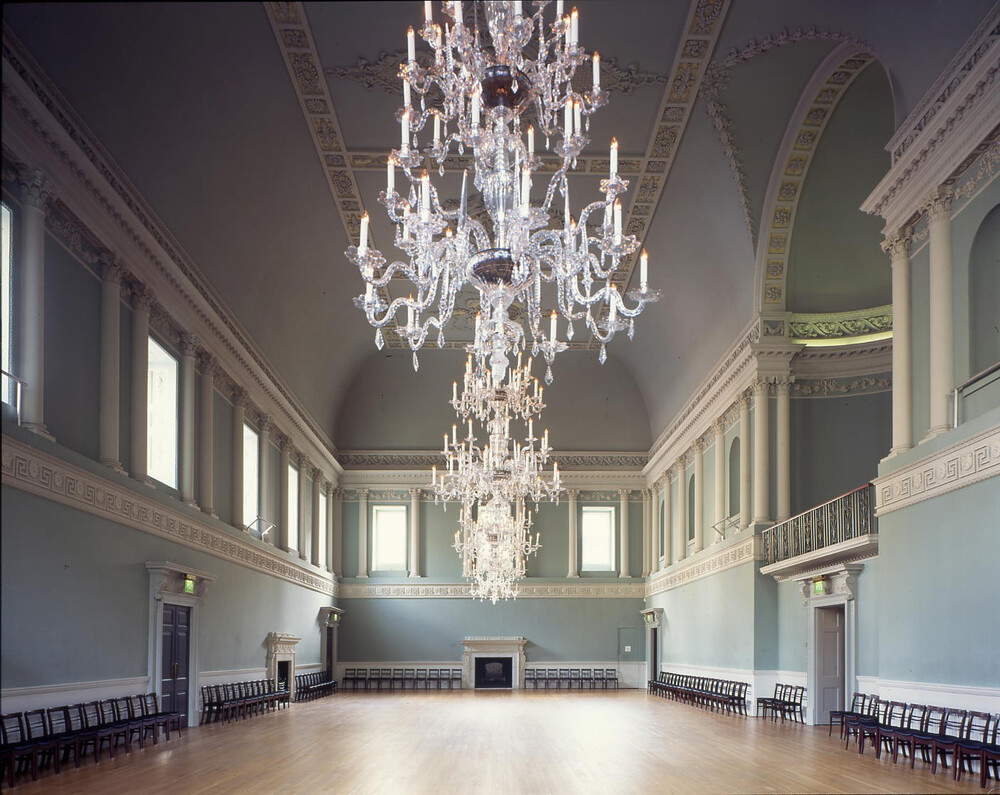

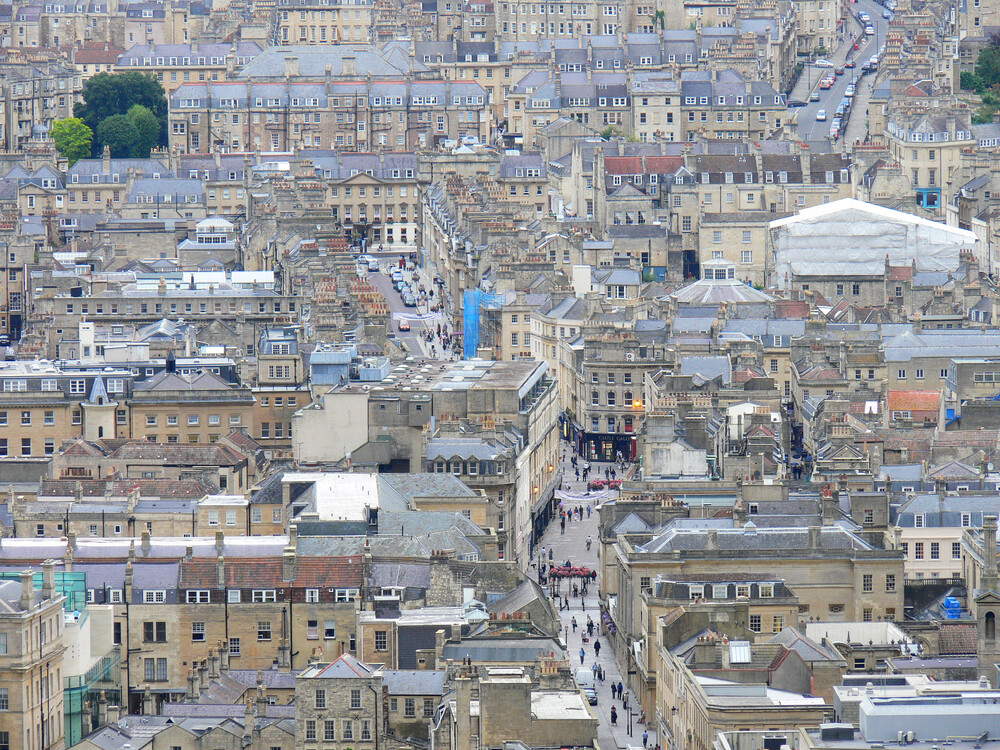
The complex then consisted of a Laconium Canton characterized by dry heat, a circular bath for cold water bathing, and the eastern baths with the tepid bath tub. In those on the western side many were heated rooms. We are indeed facing one of the largest Roman archaeological sites in Europe, which continues to be enriched over time: in 2007 the latest discovery of eight bags of coins and other objects. For the Romans, this was a sanctuary for rest and relaxation, not a garrison town like most Roman settlements (despite the fact that Tacitus in A.D. 80 described the taking of water as “one of those luxuries which stimulate to vice”). Compared to other Roman settlements this one endured over time with its rediscovery in the Middle Ages due to the beneficial abilities of water. And in the eighteenth century it was a destination for intellectuals and aristocrats to come “to the waters.”
The archaeological discovery was about 100 years ago, and the peculiarity of the water, which gushes out spontaneously after reaching a temperature of almost 100 degrees underground with the effect of thegeothermal energy, comes to the surface in copious amounts at over 40 degrees centigrade, and the modern spa has a pool on the roof of the building with a splendid view of the Georgian city streets and the Gothic-style abbey. Also worth visiting.
The reasons for Bath’s Unesco listing state that “the neoclassical style of the public buildings (such as the Assembly Rooms and Pump Room) harmonizes with the grandiose proportions of the monumental complexes (such as Queen Square, Circus and Royal Crescent) and collectively reflects the ambitions, particularly social ones, of the 18th-century spa town. It survives a wide range of interconnected spaces formed by crescents, terraces and squares placed in a harmonious relationship with the surrounding green landscape. The relationship of the Georgian city to the environment of the surrounding hills remains clearly visible.” And again, “The individual Georgian buildings reflect the profound influence of Palladio (1508-1580) and their collective scale, style, and organization of spaces between buildings embody the success of architects such as John Woods (1704-1754, 1728-1782), Robert Adam (1728-1792), Thomas Baldwin (1750-1820), and John Palmer (1738-1817) in transposing Palladio’s ideas to the scale of a complete city. situated in a basin between hills and built according to a picturesque landscape aestheticism that creates a strong garden city atmosphere, more like the garden cities of the 19th century than the Renaissance cities of the 17th century.” A place, in short, developed over the centuries around a spring that brought cultures and artistic styles from it to make it a city to be protected.
On the prodigies of the water we simply report what the chronicles, or legends, around this spring attribute to it. On the site of the modern baths, in fact, reference is made to an episode in the late seventeenth century that increased its fame: Bath’s reputation for being “wonderful and most excellent against all diseases of the body” was “increased by the visit in 1687 of the wife of King James II, Mary of Modena (Maria Beatrice d’Este). After a period in which she was unable to conceive an heir, she was recommended by her royal physician to take the waters of the Bath of the Cross, which led to her giving birth shortly thereafter to a son, the ’Old Pretender.’ To celebrate this event, the elaborate Melfort Cross was erected in the Cross Bath, which reinforced its position as the most fashionable bathhouse where bathers drank chocolate to the accompaniment of musicians.” We do not know if it was actually due to the water but what is certain is that those walls and streets have a two-thousand-year history to tell.
 |
| The ancient Roman baths ... of England: discovering Bath |
Warning: the translation into English of the original Italian article was created using automatic tools. We undertake to review all articles, but we do not guarantee the total absence of inaccuracies in the translation due to the program. You can find the original by clicking on the ITA button. If you find any mistake,please contact us.